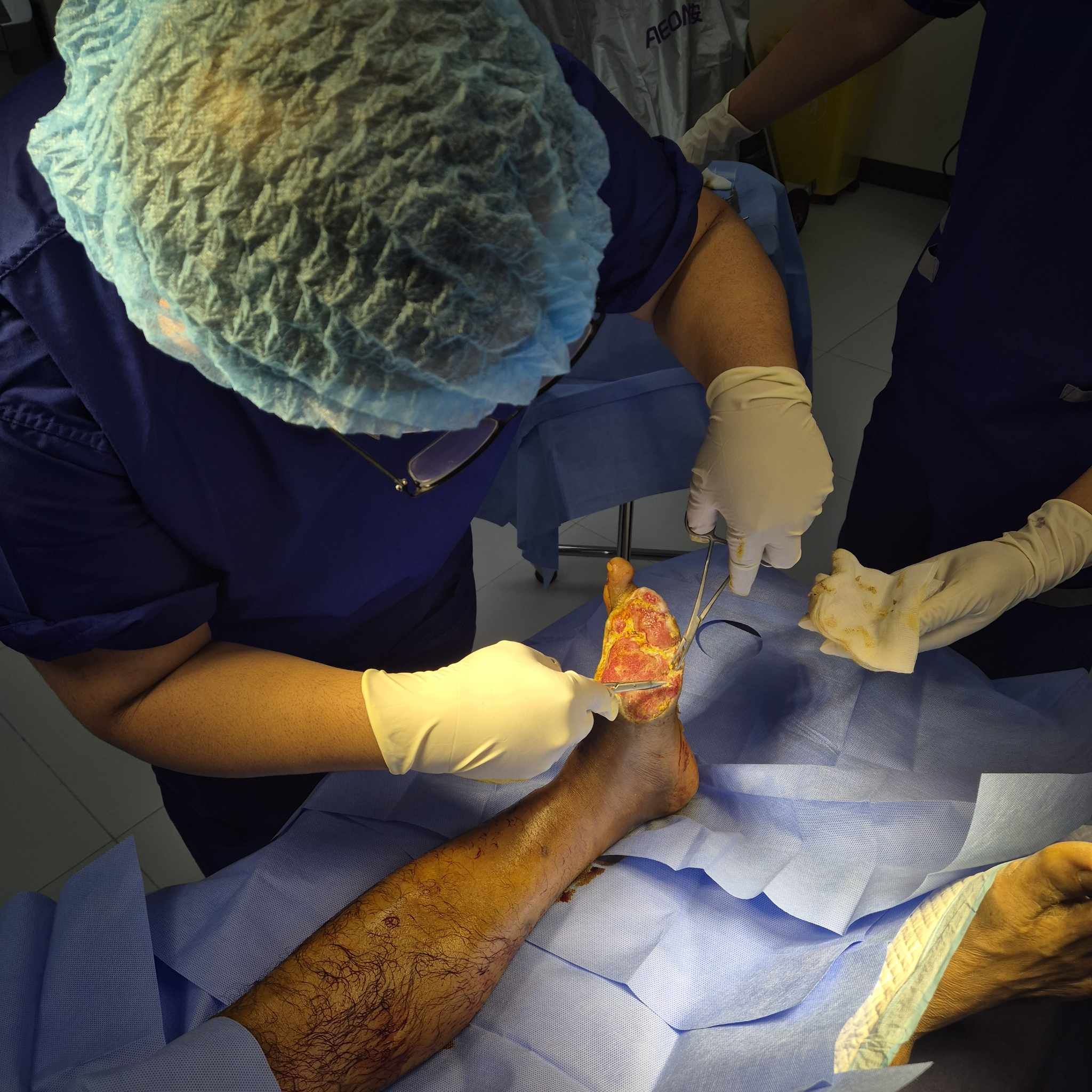Headaches are among the most common ailments experienced by people worldwide. Approximately 80-90% of individuals in the United States endure occasional or frequent headaches, making them a prevalent health concern. They can range from mild discomfort to debilitating pain, significantly impacting daily life and overall quality of life. Understanding the different types of headaches is crucial for effective treatment and management.
What Are Headaches?
A headache is defined as pain or discomfort in the head or face. This condition can vary widely in intensity and location, with some people experiencing mild headaches that are easily manageable, while others may suffer from severe pain that disrupts their day-to-day activities. Given their widespread nature, headaches can affect individuals physically, emotionally, and socially, highlighting the importance of effective headache treatment.
Types of Headaches
Primary Headaches
Primary headaches are classified as the main medical problem, with no underlying condition causing them. Various factors, such as muscle tension or exposure to certain foods, can contribute to their occurrence. Common types include:
Migraines: Migraines are often characterized by intense, throbbing pain, typically on one side of the head. Triggers can include hormonal changes, certain foods, stress, and environmental factors. Effective treatments may include over-the-counter medications, prescription medications, and lifestyle changes to avoid triggers.
Tension-Type Headaches: These headaches are usually mild to moderate in intensity and can be triggered by stress, poor posture, or muscle tension. Management strategies often include relaxation techniques, over-the-counter pain relievers, and lifestyle adjustments.
Cluster Headaches: Cluster headaches are extremely painful and often occur in cycles or clusters, with intense pain on one side of the head. Treatment may involve prescription medications and lifestyle modifications to avoid triggers.
Secondary Headaches
Secondary headaches result from an underlying medical condition. Some common examples include:
- Cervicogenic Headaches: These headaches arise due to neck injuries or issues, such as herniated discs or muscle strain. Treatment often involves physical therapy, pain management, and addressing the neck condition.
- Sinus Headaches: Sinus headaches are associated with sinus infections or allergies, causing pain and pressure in the forehead and around the eyes. Management may include decongestants, nasal sprays, and treating the underlying sinus issue.
- Headaches Due to Eye Strain or Dental Issues: Strain from prolonged screen time or vision problems can lead to headaches. Similarly, dental issues like teeth grinding can cause headaches. Addressing the root cause often alleviates the headache.
Common Triggers for Headaches
Understanding headache triggers is vital for effective management. Common triggers can include:
- Environmental factors: Weather changes, strong smells, or bright lights.
- Dietary choices: Certain foods, caffeine, or dehydration can trigger headaches.
- Lifestyle factors: Stress, lack of sleep, and poor posture can contribute to headache occurrence.
Identifying personal triggers can empower individuals to manage their headaches more effectively.
Treatment Options for Headaches
Lifestyle Changes
Making simple lifestyle adjustments can significantly reduce headache frequency and intensity. Key recommendations include:
- Hydration: Staying well-hydrated is crucial, as dehydration is a common headache trigger.
- Nutrition: A balanced diet can help prevent headaches; try to avoid known dietary triggers.
- Regular Exercise: Engaging in regular physical activity can help reduce stress and tension.
Over-the-Counter Medications
Common over-the-counter pain relievers, such as ibuprofen and acetaminophen, can effectively alleviate mild to moderate headaches. Always consult with a healthcare professional before starting any new medication.
Prescription Medications
For chronic or severe headaches, prescription medications may be necessary. These may include triptans for migraines or preventive medications for frequent headache sufferers. It’s essential to work with a healthcare provider to find the most effective treatment.
Alternative Therapies
Exploring alternative therapies can also provide relief:
- Acupuncture: This ancient practice can help alleviate headache pain by targeting specific pressure points.
- Chiropractic care: Spinal manipulation may relieve tension and improve overall well-being.
- Physical therapy: Tailored exercises can strengthen muscles and reduce pain.
- Herbal remedies and dietary supplements: Some people find relief using supplements like magnesium, riboflavin, or feverfew. However, consult a healthcare provider before trying new supplements.
When to Seek Professional Help
It’s essential to recognize when headaches may indicate a more serious issue. Seek professional help if you experience:
- Sudden, severe headaches that differ from your usual pattern
- Headaches accompanied by confusion, vision changes, or neurological symptoms
- Persistent headaches that do not respond to over-the-counter treatments
A healthcare provider can offer a comprehensive evaluation and tailor a treatment plan to your needs.
Takeaway
Headaches can significantly affect daily life, but understanding their types and treatment options can empower individuals to seek appropriate relief. Whether through lifestyle changes, medications, or alternative therapies, finding the right approach is essential for effective headache management. If you have any experiences or questions about headache treatments, feel free to share them in the comments below!










